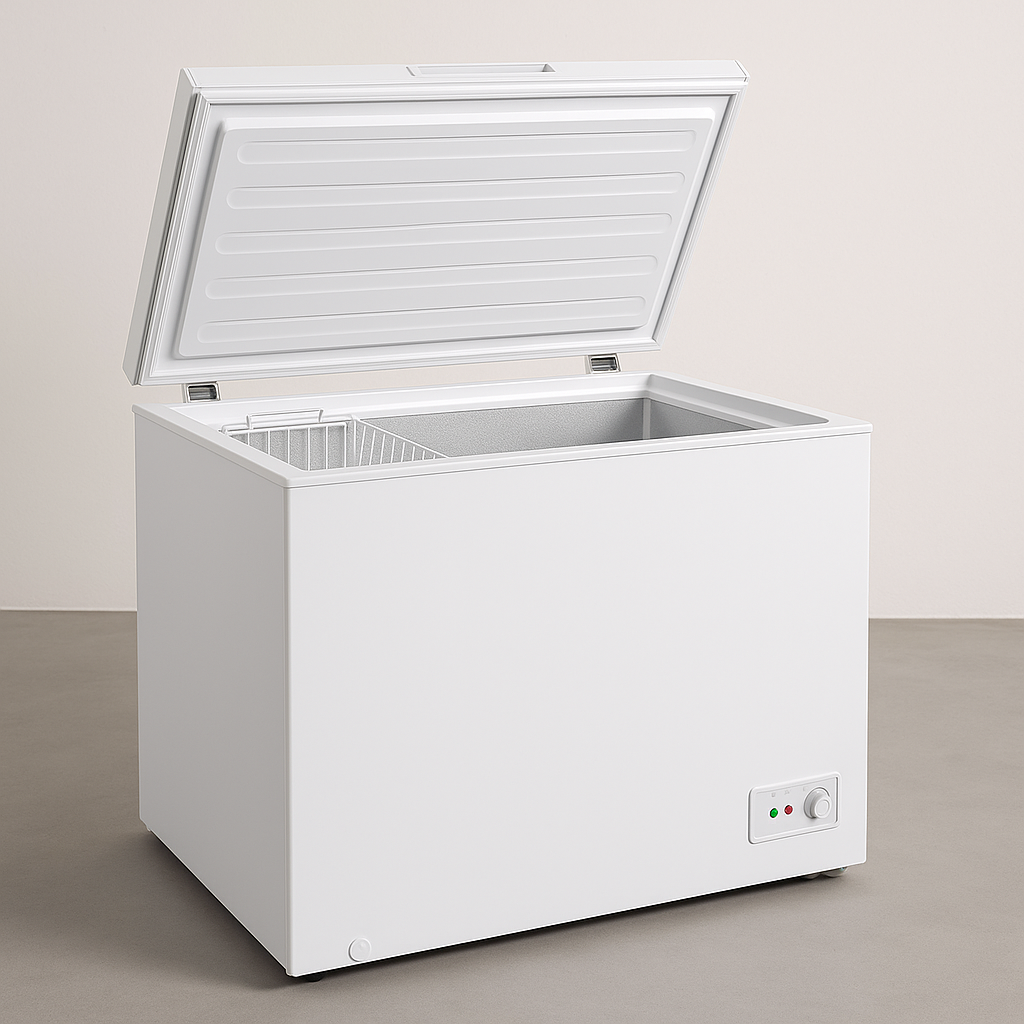10 Things You Learned In Kindergarden To Help You Get Started With Refrigerator With 0-Degree Zone Test

The Refrigerator with 0-Degree Zone Test: A Comprehensive Examination
Fridges are an important home appliance in modern-day homes, adding to food storage, conservation, and safety. Amongst different features in these appliances, the 0-degree zone sticks out as a substantial innovation, created to extend the freshness of meats, dairy items, and other disposable products. This article will delve into the concept of a refrigerator with a 0-degree zone, its benefits, functional mechanisms, elements to consider when searching for one, and lastly provide insights into useful tests that can be conducted to assess their effectiveness.
What is a 0-Degree Zone?
A 0-degree zone, frequently referred to as a chill compartment or fresh food zone, keeps a temperature level close to 0 ° F(-18 ° C). Unlike standard refrigerators that run around 36 ° F to 40 ° F( 2 ° C to 4 ° C), this specialized zone is specifically engineered to keep perishable foods at optimal freshness levels for prolonged periods.
Table 1: Comparison of Temperature Zones in Refrigerators
| Temperature level Zone | Temperature Range | Suitable For | ||
|---|---|---|---|---|
| Freezer | -0 ° F to 0 ° F( | -18 ° C to -17 ° C) Long-term storage of frozen foods | ||
| 0-Degree Zone | 0 ° F to 5 ° F(-18 ° C to -15 ° C) Fresh meats, fish, and | |||
| dairy Refrigerator 36 ° F to 40 ° F( | 2 ° C to 4 ° C) Vegetables, prepared food, drinks Crisper Drawer 32 | ° F to 36 ° F(0 ° C to 2 ° C) | Fruits and vegetables Advantages of | a 0-Degree Zone Extended Freshness: Foods savedin a 0-degree zone
|
| . Taste | Retention Maintains texture and boosts taste profiles of foods. Organizational Ease Committed zones assist in better company. | |||
| Elements to Consider When Choosing a Refrigerator with a 0-Degree Zone 1. | ||||
| Size and Capacity Picking the ideal size for your kitchen space is essential. Step your kitchen area and evaluate your storage needs before deciding. 2. Energy | Efficiency Consider energy scores. |
Refrigerators with 0-degree zones can in some cases consume more energy, so search for designs that offer energy efficiency. 3.
Temperature Consistency Examine temperature level settings. Some refrigerators have adjustable settings, while others maintain a consistent temperature level. 4. Extra Features Try to find additional functions such as air filtration systems, adjustable shelving, door alarms, and humidity controls, which can enhance general functionality.
5. Price Range Compare rates
throughout various brands and designs. While a 0-degree zone adds value, it might likewise include a greater price point.
Table 3: Factors to Consider Aspect Description Size and Capacity Ensure the refrigerator fits your kitchen area. Kühl-Gefrier-Kombination 70 Cm Breit for models with good energy rankings. Temperature Control Adjustable settings for
ideal versatility.
Additional Features Air filters, alarms, and humidity control alternatives. Price Range Compare costs to fit your budget. How to Test the Effectiveness
of the 0-Degree Zone Once you have actually chosen yourrefrigeratorwith a 0-degree zone, comprehending howto test its effectiveness will ensure you get the advantagesassured. 1. Utilize a ThermometerPlace a refrigerator thermometer in the0-degree zone. After 24 hours, check thereading to gauge whether it's regularly maintainingthe preferred temperature level. 2. Conduct aFood Safety Test Store a variety of meats(for example, chicken, beef, and fish)in the0-degree zone and check after a couple of days
for putridity signs, such as discoloration and off-odors.
3. Assess Texture and Flavor Prepare and sample supermarket in the 0-degree zone to compare texture and flavor with those saved at regular refrigerator temperature levels. 4. Display Energy Consumption If possible, monitor the energy intake of your refrigerator over a month to determine practicality against its efficiency. Often Asked Questions (FAQ)1.
What foods are best matched for the 0-degree zone? The 0-degree zone is ideal for fresh meats, fish, dairy products, and specific herbs. These items benefit most from the cooler temperature, extending their freshness
. 2. Is it safe to save all kinds of food in a 0-degree zone? Not all foods are fit for extreme cold. For instance, the majority of veggies and fruits should be saved in greater temperature zones. 3. Can I save prepared food in the
0-degree zone? Yes, you can keep cooked food in the 0-degree zone, especially if it will be utilized quickly, ensuring it preserves its quality.
4. How does the 0-degree zone compare to freezing? While both objective to protect food, freezing stops any bacterial development entirely, while the 0-degree zone still keeps products fresh without freezing them strong. 5. Do all fridges include a 0-degree zone? Not every refrigerator includes a 0-degree zone
. When shopping, specifically try to find designs with this feature. In
conclusion, fridges equipped with a 0-degree zone are a valuable addition to any kitchen area, particularly for those
who value food quality and security. Comprehending how to select the best model and test its efficiency will guarantee that it meets your culinary needs and extends the lifespan
of your disposable products. By thinking about size, energy efficiency, and additional features, customers can make educated choices that add to better food preservation and a more orderly cooking area.

